How to clean a microwave with a lemon – the non-toxic way to banish burnt-on food and stale odors
Our expert-approved, easy, and eco-friendly method
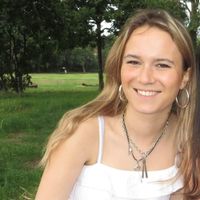
Ruth Doherty
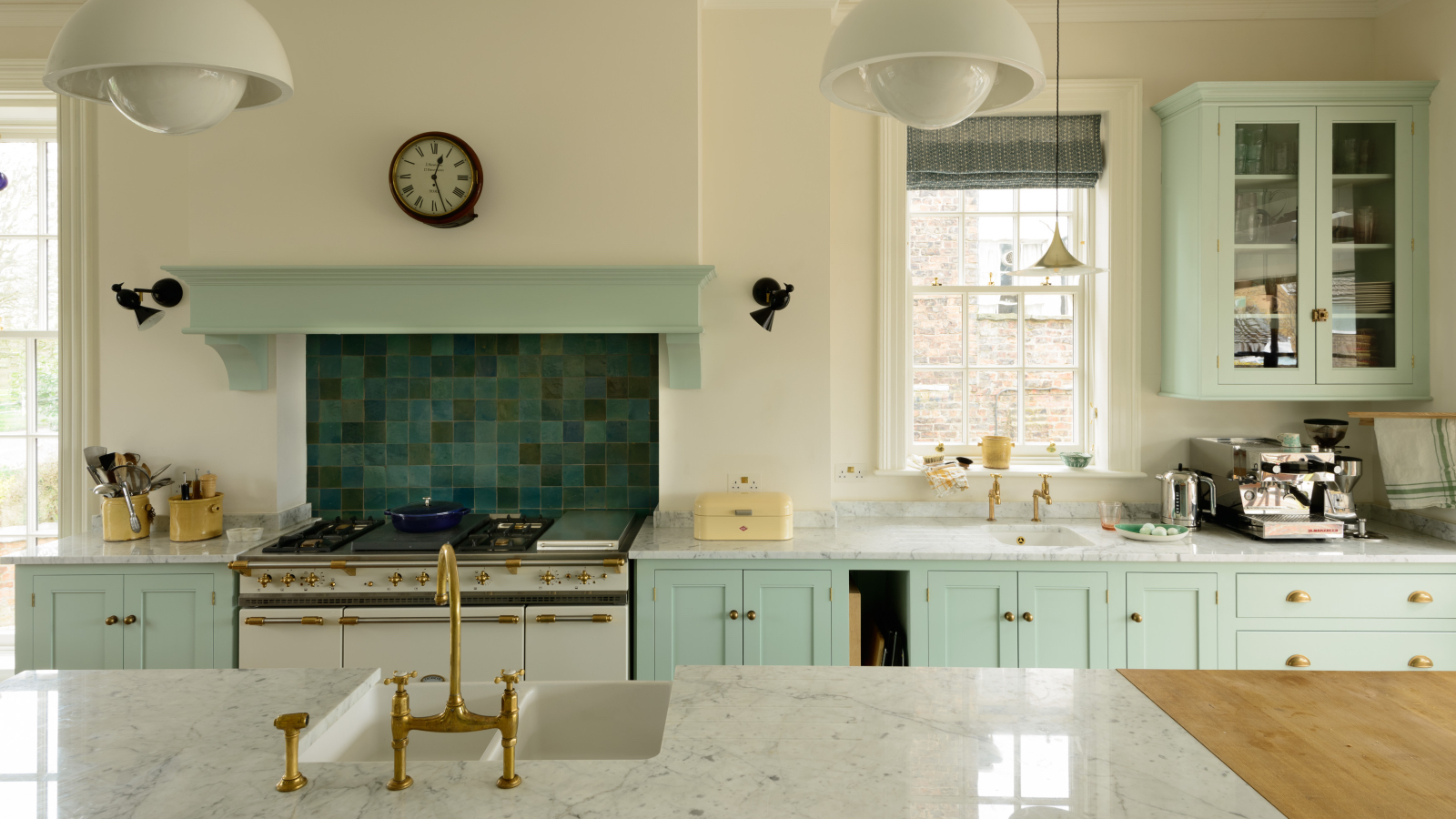
The humble microwave is arguably the most versatile appliance in the kitchen. That's why experts suggest cleaning a microwave with lemon to keep it fresh and chemical-free.
From reheating midweek meals to quick cooking, your microwave likely sees a lot of use, and, therefore, often gets messy. Luckily, the citric acid in lemon juice offers the perfect natural remedy.
Here professional cleaners share their step-by-step tips on how to clean a microwave with a lemon, for a shiny appliance that looks almost as good as new.
How to clean a microwave with lemon
To use this method when cleaning a kitchen, you will need:
- A microwave-safe bowl, such as the super affordable Mainstays 38-Ounce Round Plastic Cereal Bowl, available at Walmart
- Lemon, sliced, or another citrus fruit, like lime
- Cotton or microfiber cloths, such as the Great Value Multipurpose Microfiber Household Cleaning Cloth available at Walmart, or absorbent paper towels. We recommend the Bounty Quick Size Paper Towels available at Amazon
- Some tap water
Step 1: Prep the bowl
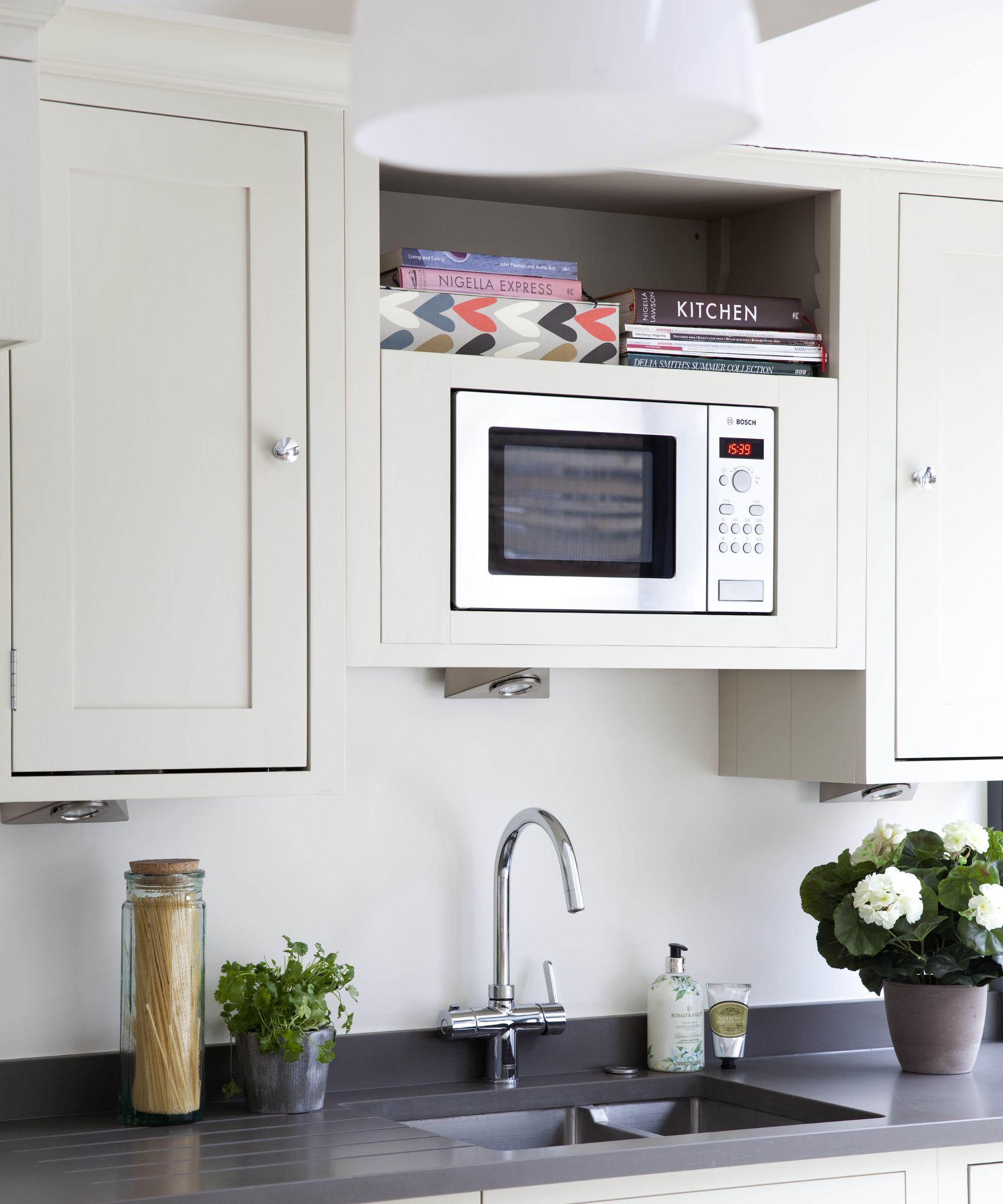
Begin by prepping your bowl with water and slices of lemon.
To begin cleaning with lemon juice to steam clean a microwave, Steve Evans, owner of Memphis Maids, advises, 'Squeeze the juice of two lemon halves, or four to six if you've used them already for cooking, into a bowl of water.' We recommend using approximately one cup of tap water, which can be measured with the Mainstays 4 Cup PP Plastic Measuring Cup available at Walmart. 'Put the halves inside the bowl as well and place the bowl in the microwave,' adds Steve.
Then, turn the microwave on for five minutes, before leaving it, powered off, to steam with the door shut for a further 15 minutes.
Sabrina Fierman of high-end cleaning firm New York's Little Elves explains, 'Steam is an excellent cleaning method for microwave ovens because it eliminates the need for any chemicals.
Design expertise in your inbox – from inspiring decorating ideas and beautiful celebrity homes to practical gardening advice and shopping round-ups.
'It also does all the hard work for you, penetrating and loosening the food residue.'
Step 2: Wipe down the interior
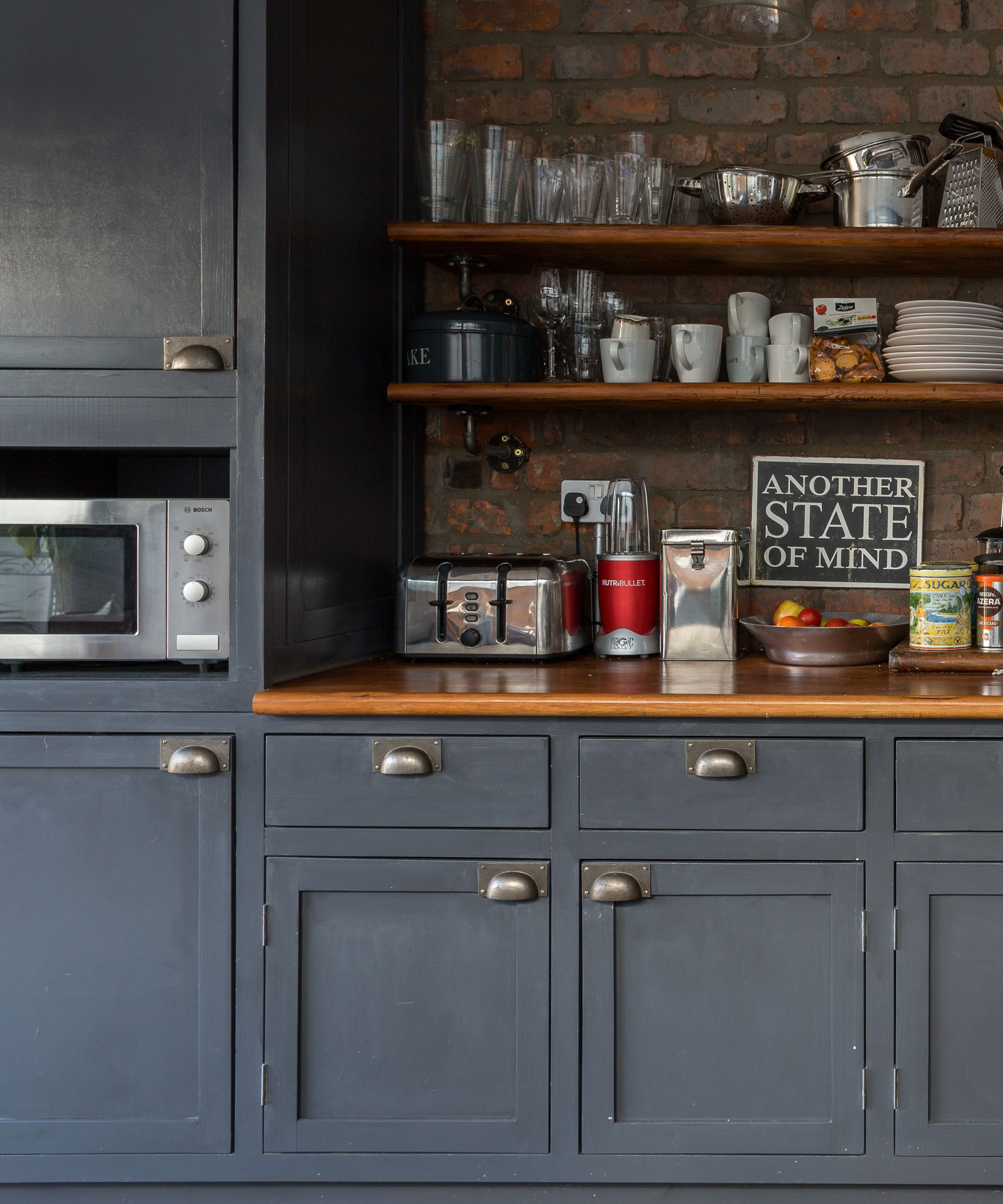
Once cooled, wipe away burnt-on residue and mess with ease.
Once you've left it to steam, open the microwave and let it cool for a further 30 to 60 seconds to allow any dangerously hot steam to dissipate, and remove the bowl. Use caution when taking the bowl out, as the water will still be very hot. We recommend using a pair of oven mitts, such as the KitchenAid Mitts from Target.
Then, you're ready to begin cleaning. Alessandro Gazzo, cleaning expert at Emily's Maids in Dallas, Texas, advises using the hot lemony water with a non-scratch sponge, or a thick microfiber towel, to wipe the surface of your microwave interior. 'If you notice any greasy areas, you may want to add ½ cup of white vinegar to the bowl, and soak a sponge or towel in the water to work around that area,' he adds.
We recommend using the Great Value Non-Scratch Scrub Sponges available at Walmart, or something similar, for this, as abrasive sponges are one of the things never to clean your microwave with.
The circulating plate can be hand-washed in the sink.
Step 3: Clean the exterior
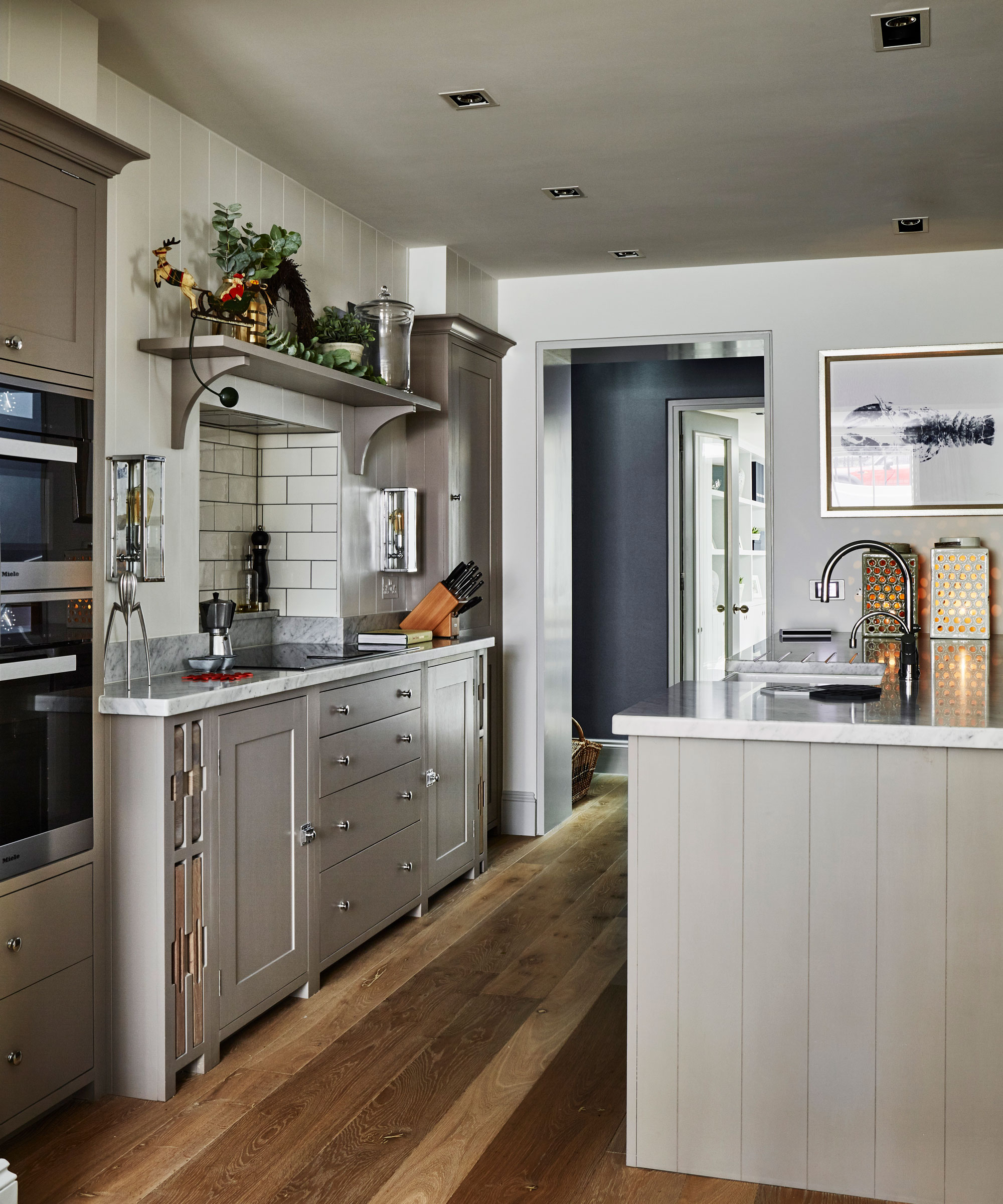
Don't forget about the exterior, either.
Finally, don't forget about the interior and exterior surfaces of the door and gasket. Steve reminds us, 'Use that same bowl to clean the exterior of your microwave. You'll need to wipe the exterior with a clean microfiber cloth afterward, just so you remove any lemon leftovers.'
For any particularly greasy areas, add a squeeze of gentle dish soap, such as the Mrs. Meyer's Clean Day Liquid Dish Soap, available at Walmart, to the lemon water.
Step 4: Dry

Drying the microwave after prevents streaks.
Once the microwave is clean, you can dry the interior and exterior with another clean, dry microfiber cloth or a towel, and put the plate back in. This prevents streaks and smears on the glass window – one of the many things pro cleaners always notice in dirty kitchens.
What to shop
All prices were correct at the time of publication.

These microfiber clothes are soft and lint-free, for a streak-free and shiny finish that won't damage any delicate surfaces.
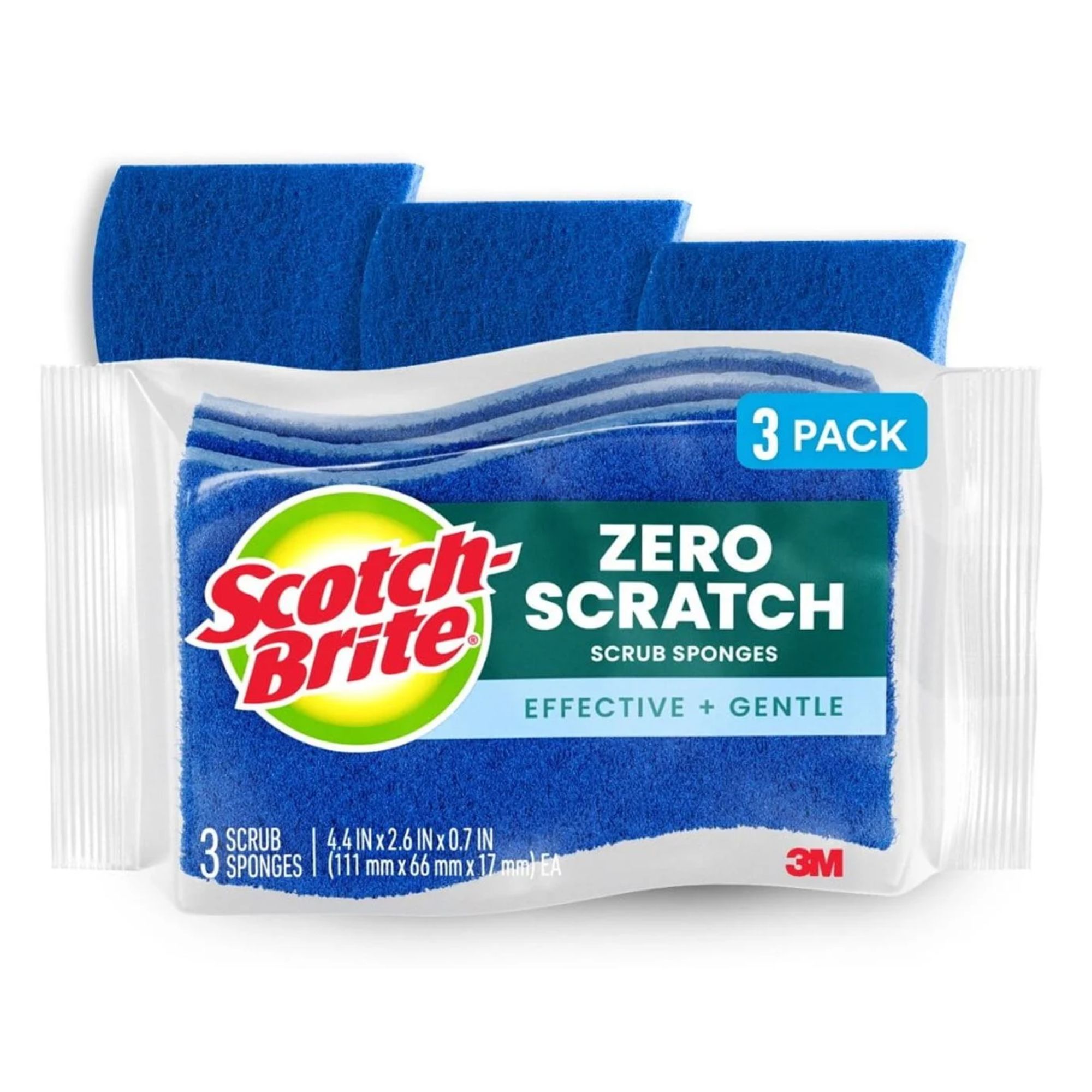
These soft yet effective scrubbing sponges tackle grease, grime and dirt to make surfaces sparkle.
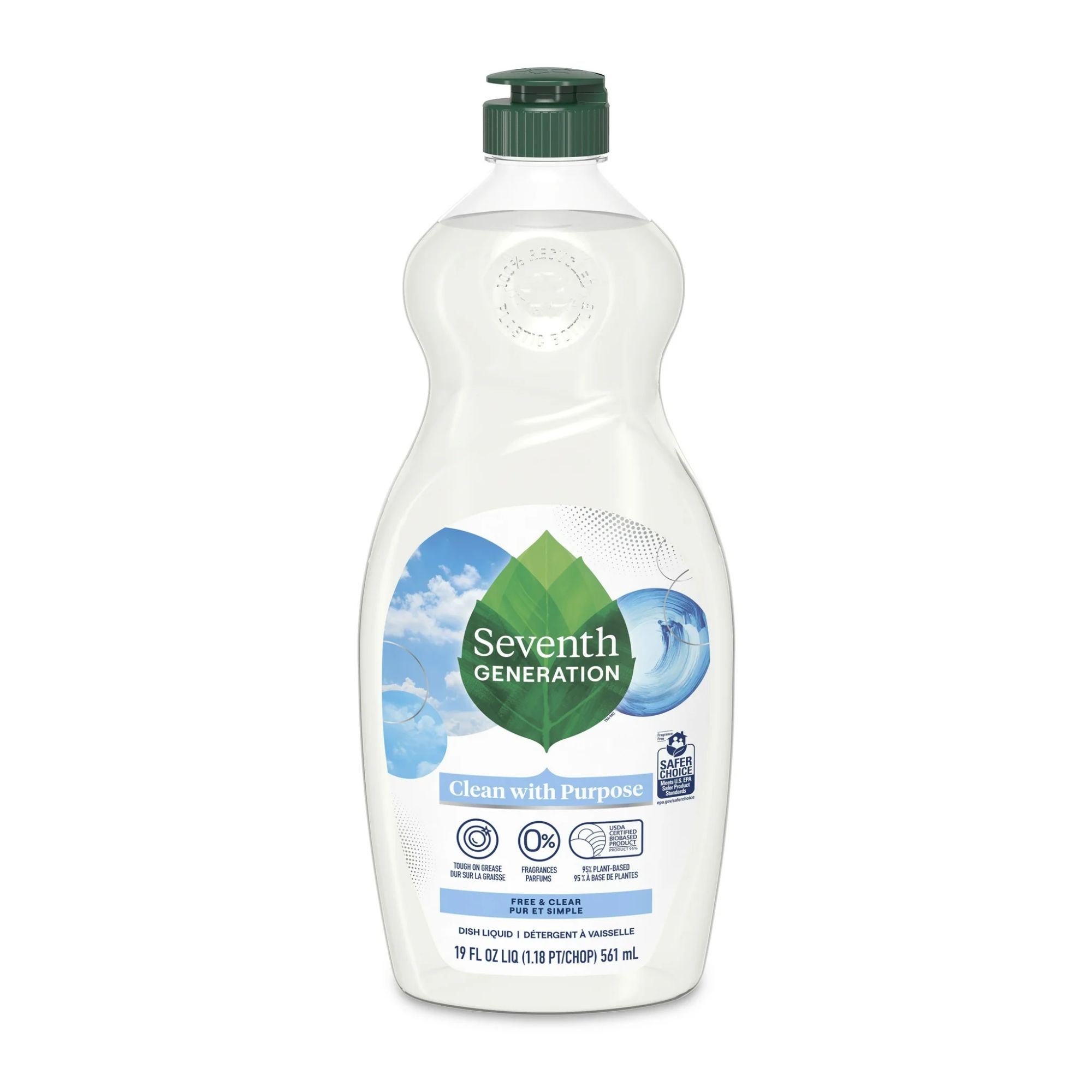
This dish soap harnesses the power of plants to effectively power through tough, dried-on food, with zero fragrances or dyes.
Meet our experts

Steve is the owner of Memphis Maids, an award-winning service in Memphis, TN, with over a decade of experience in the house cleaning business.

Alessandro is from Emily’s Maids of Dallas, a house cleaning and maid service located in Dallas, Texas.

Named 'Best House Cleaner' by New York Magazine, New York’s Little Elves has applied the platinum standard to cleaning for over two decades, earning the trust of New York's most exclusive clients.
FAQs
How often should you clean your microwave?
'We recommend cleaning your microwave oven weekly, or more frequently as needed,' says Sabrina Fierman, cleaning expert.
'To prolong times between cleaning, cover all foods with a microwave safe cover to avoid splatters.'
What is the easiest way to clean a microwave?
The easiest way to clean a microwave is by steaming it, assures cleaning expert Sabrina Fierman.
She says, 'Definitely using steam with a mild acid to loosen residue is easiest and healthiest, particularly when dealing with appliances that heat food.' You can actually deep clean your whole kitchen with a steam cleaner, which Chiana Dickson, content editor on Solved says has saved her 'so much time and money.'
If your microwave is mounted above your stove, it is also important to clean the microwave filter every three to six months to prevent a fire hazard.

Ottilie joined Homes & Gardens in 2024 as the News Writer on Solved, after finishing a Master's in Magazine Journalism at City, University of London. Now, as the Sleep Editor, she spends her days hunting deals and producing content on all things sleep – from mattresses and sheets to protectors and pillows, all of which she tests in her own home. She also has particular expertise in home fragrance, covering everything from candles to reed diffusers.
Previously, she has written for Livingetc and Motorsport Magazine, and also has a Master's degree in English Literature and History of Art from the University of Edinburgh, where she developed a love for inspiring interiors and architecture.
- Ruth DohertyContributing Editor